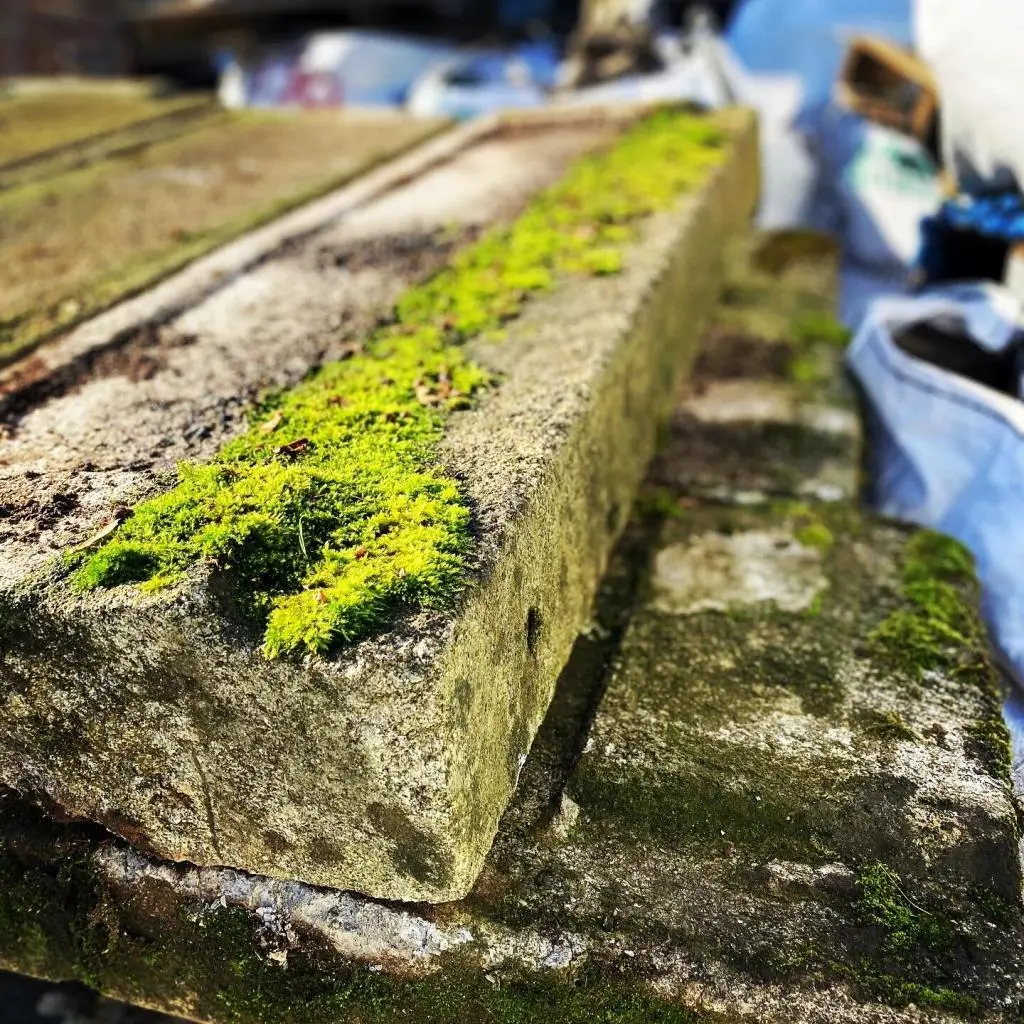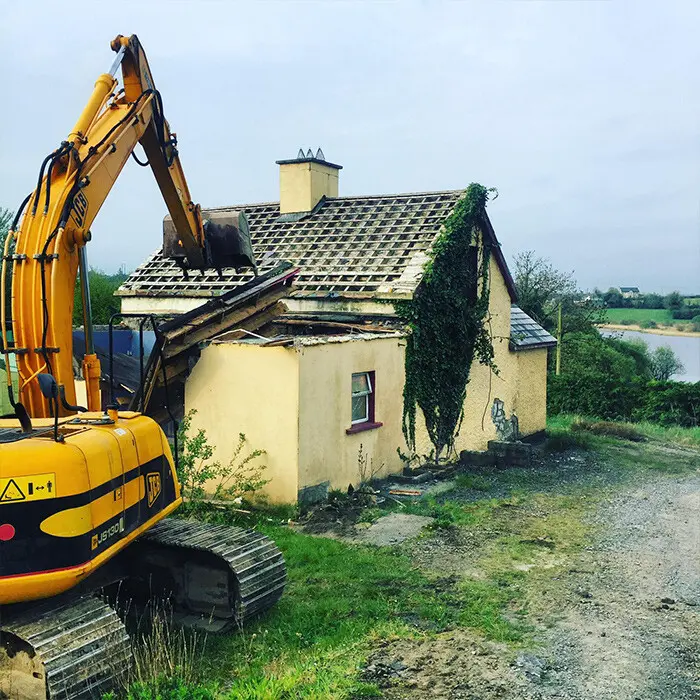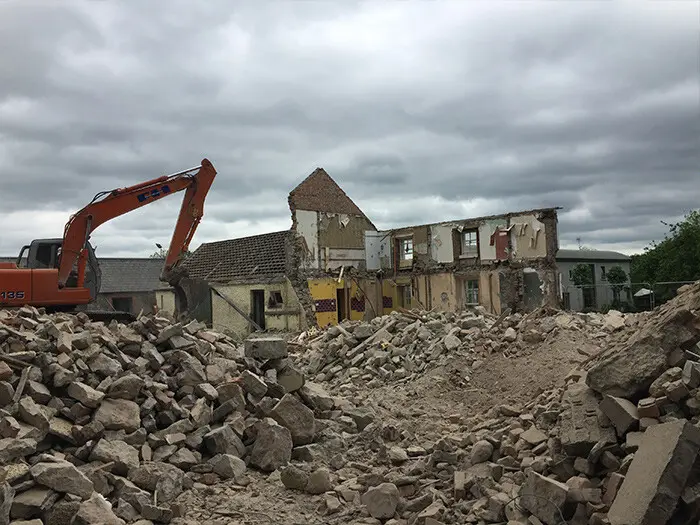In his keynote speech at the AJ100, environmental activist and BBM Sustainable Design co-founder Duncan Baker-Brown set out how architects and ‘constructors’ need to stop digging up materials and instead use what is already above ground (preferably locally above ground) from now on (ref Architects Journal )
Instead of recycling and destroying, the activity of reclaiming and reusing is at the centre of the sustainability compass. This is where sustainibility is at its best. This has at least been recognised, via Brussels and the EU, in UK domestic law in the 2011 Waste Regulations which made it mandatory to reclaim, or ‘prepare for reuse’ as the EU described it, by giving reclaiming the highest ranking within the waste hierarchy of reclaim, recycle, energy from waste and disposal. Prior to the new Waste Regulations the activities of reclaiming, recycling and energy from waste were considered equally good which meant that much reusable material was either burnt, crushed, composted or mulched, since the latter are easier to undertake while reclaiming for reuse is often more difficult but usually better.
Sustainability in construction starts with the adaptive reuse of whole intact buildings, either in-situ or moved to a new location if necessary. This should mean sensitively repairing or replacing rot or damage reusing reclaimed material where possible, and simple upgrading of thermal performance by repairing cracks and installing draftproofing and insulation. When new services are installed, all fixtures and fittings including cornices, skirting and flooring should be marked or photographed, carefully removed and set aside for reuse afterwards. Reuse of reclaimed building material should dominate the specifications for building materials needed for the adaptive reuse or repair of existing buildings. But even the most sensitive repairs seem to generate a large amount of potentially reclaimable material, most of which is currently landfilled or recycled.
Reuse kicks in once complete or partial demolition is decided upon. This might be totally clearing away a building, or partially destroying by the gutting the interior of a building and only leaving the facade. It usually involves removing sound but unfashionable kitchens and bathrooms, removing old doors and windows, replacing roof coverings with new, and destroying and replacing all plants and landscaping. If any of these is being contemplated then everything conceivably reusable which is to be removed should be saved for reuse, preferably in the rebuild.
The client must be a reuse keeny, if not a fanatic, for maximal reuse. Then the client’s professional team and construction contractors must all be chosen with their enthusiasm for reuse in mind. Ideally, the final part of the team should be a salvage contractor on hand to advise on deconstruction, to offer cleaning repair and storage services, to resupply reclaimed building material in the right condition and at the right time needed for the rebuild, and to make sure that reusable material which cannot be reused on the rebuild is advertised for sale so that it can be reused on other projects – the more local the better. If demolition, dismantling or deconstruction (call it what you will) does take place, every scrap of reusable material should be saved.
Sustainability today considers not just the environment, but also society and economy. Apart from embodied energy it covers environmental issues such as water use and pollution, as well as social and economic issues such as creating communities where people want to live and work and financial viability within a market economy.
Salvaged stone is not only environmentally sound but has a timeless beauty, durability and originality that no other building material can come close to. We construct new dwellings and structures with harvested, deconstructed stone, sourced locally and responsibly, thus minimising waste and pollution. Stone is a natural product that offers many environmental and socially responsible attributes, including long life, easy maintenance, recyclability, and conservation of resources. By using reclaimed stone, you have already taken the responsibility of caring for the natural environment through green building.






